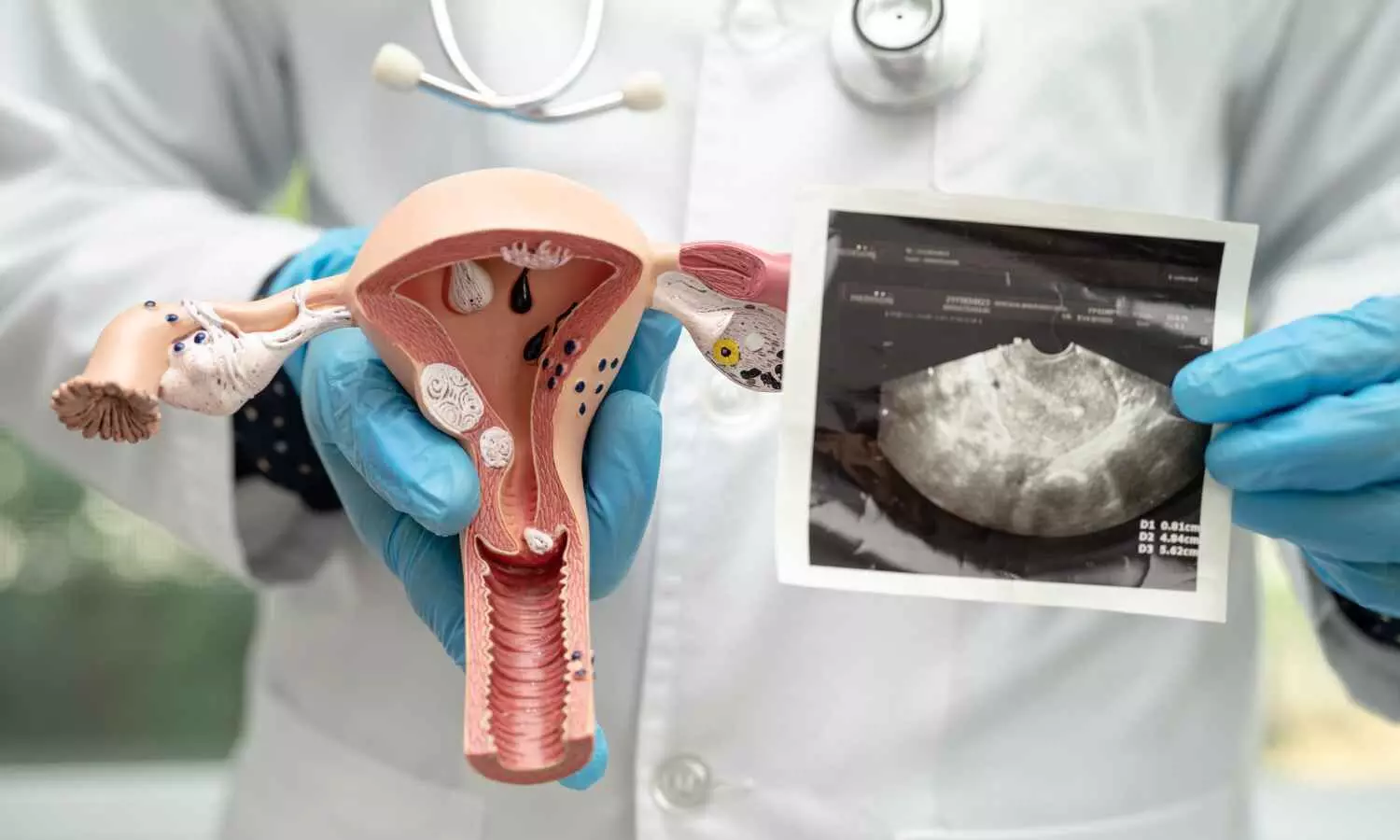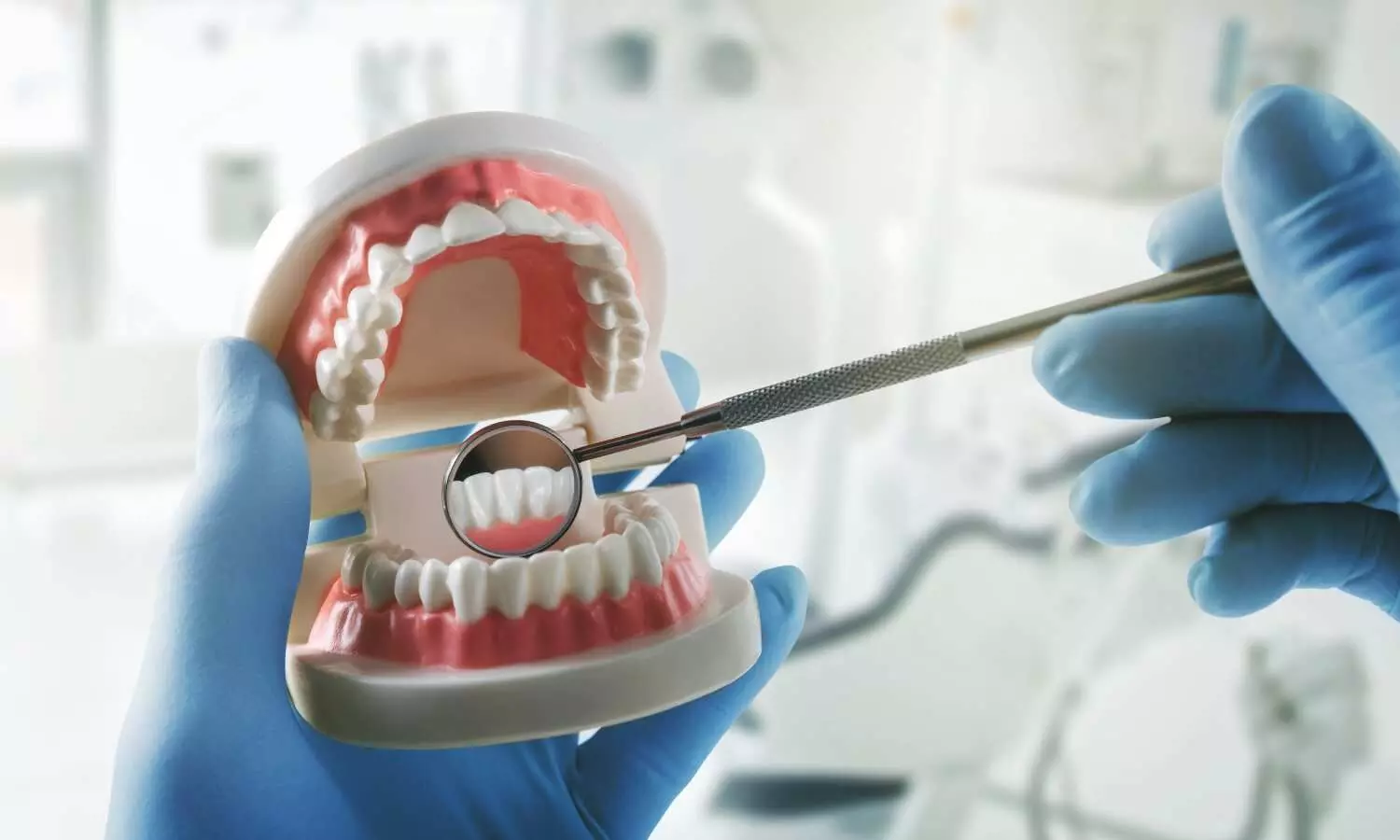
Resistance or muscle strengthening exercise, using weights or the body itself, may be the best type of exercise for tackling insomnia in older age, suggests a pooled data analysis of the available research, published in the open access journal Family Medicine and Community Health.
Aerobic exercise or a mix of strength, aerobic, balance, and flexibility exercises also seem to be effective, the analysis indicates.
Sleep quality tends to decline with age. And up to 1 in five older adults has insomnia, say the researchers. Poor quality sleep is not only linked to a range of serious health problems and cognitive impairment, but it also increases the likelihood of workplace underperformance and absenteeism, they add.
Previously published research suggests that exercise helps to alleviate the symptoms of insomnia, but it’s not clear which type of exercise might be most helpful.
In a bid to find out, the researchers scoured research databases for relevant clinical trials, published up to October 2022 that compared physical exercise with routine activities, usual care, other non-physical activity, or health education in people formally diagnosed with insomnia, using The Global Pittsburgh Sleep Quality Index (GPSQI).
The types of exercise covered by the studies included: aerobic, such as cycling, dancing, swimming, brisk walking, and gardening; resistance, such as using weights, push-ups, and planks; balance, such as step-ups, heel to toe walking; flexibility, such as gymnastics, yoga, and Pilates; and combination exercise encompassing a mix.
Twenty four studies, involving 2045 adults aged at least 60 (average 70), were included in the pooled data analysis. Most were carried out in Asia (56%), North America (16%), South America (16%), and Europe (12%). One in five were carried out in nursing homes.
Over half of the reported exercise intensity was mild to moderate and moderate, with average length of a session just over 50 minutes, and frequency around 2 to 3 times a week. On average, the exercise programmes lasted 14 weeks.
The pooled data analysis included only studies looking at combination exercise and aerobic exercise, because there weren’t enough studies covering the other exercise types.
This analysis showed that combined exercise significantly improved the GPSQI by 2.35 points while aerobic activity improved it by 4.35 points.
When the data were pooled using a network meta analysis–a statistical method that looks at several different ‘treatments’ and combines both direct and indirect effects-strength/resistance exercise was the most effective, improving the GPSQI by 5.75 points.
Aerobic exercise improved the GPQSI by 3.76 points, while combination exercise improved it by 2.54.
Of the comparators, sleep education was the most effective, although what this entailed wasn’t clearly defined in the included studies, and it still wasn’t as good as muscle strengthening/resistance exercise, the analysis showed.
The researchers caution that the design and methodology of the included studies varied considerably, and only a few looked at particular types of exercise. Several didn’t include any information on exercise intensity either.
Some exercises may prove challenging for older people because of restricted physical capabilities, suggest the researchers. But they nevertheless conclude that: “Exercise, particularly strengthening exercise and aerobic exercise, is beneficial for enhancing subjective sleep quality at a clinically significant level compared with normal activities.”
Reference:
Impact of different types of physical exercise on sleep quality in older population with insomnia: a systematic review and network meta-analysis of randomised controlled trials Doi: 10.1136/fmch-2024-003056.










